Learn to write professional email for something 26 examples tips. Find how use formal language, specific requests, polite closings different situations.
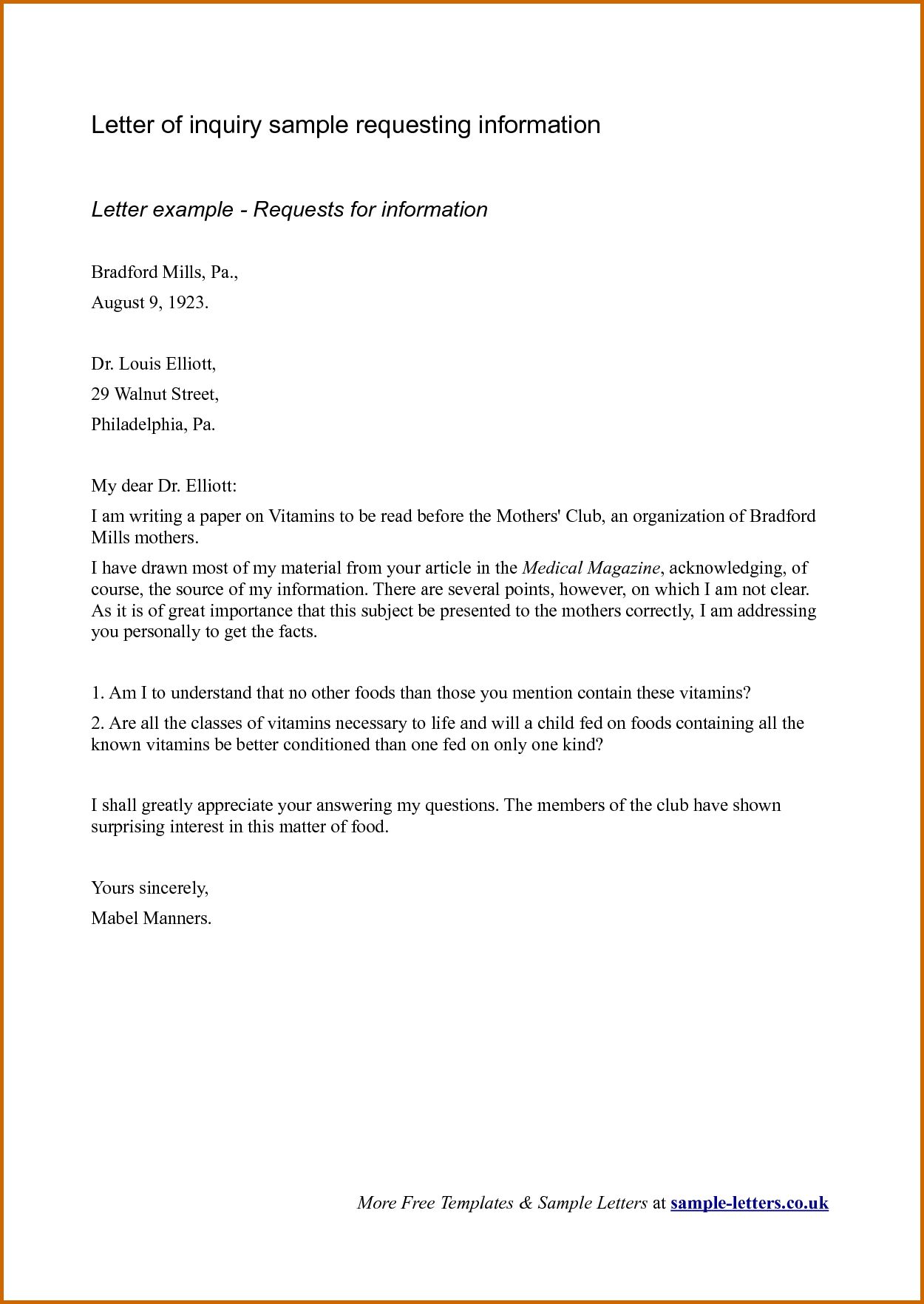 9 samples for requesting something email. illustrate points we've previously, we've created series email request samples for to review use. demonstrate principles creating effective emails. Read sample request emails analyze to what we're doing. Don't simply copy paste them, .
9 samples for requesting something email. illustrate points we've previously, we've created series email request samples for to review use. demonstrate principles creating effective emails. Read sample request emails analyze to what we're doing. Don't simply copy paste them, .
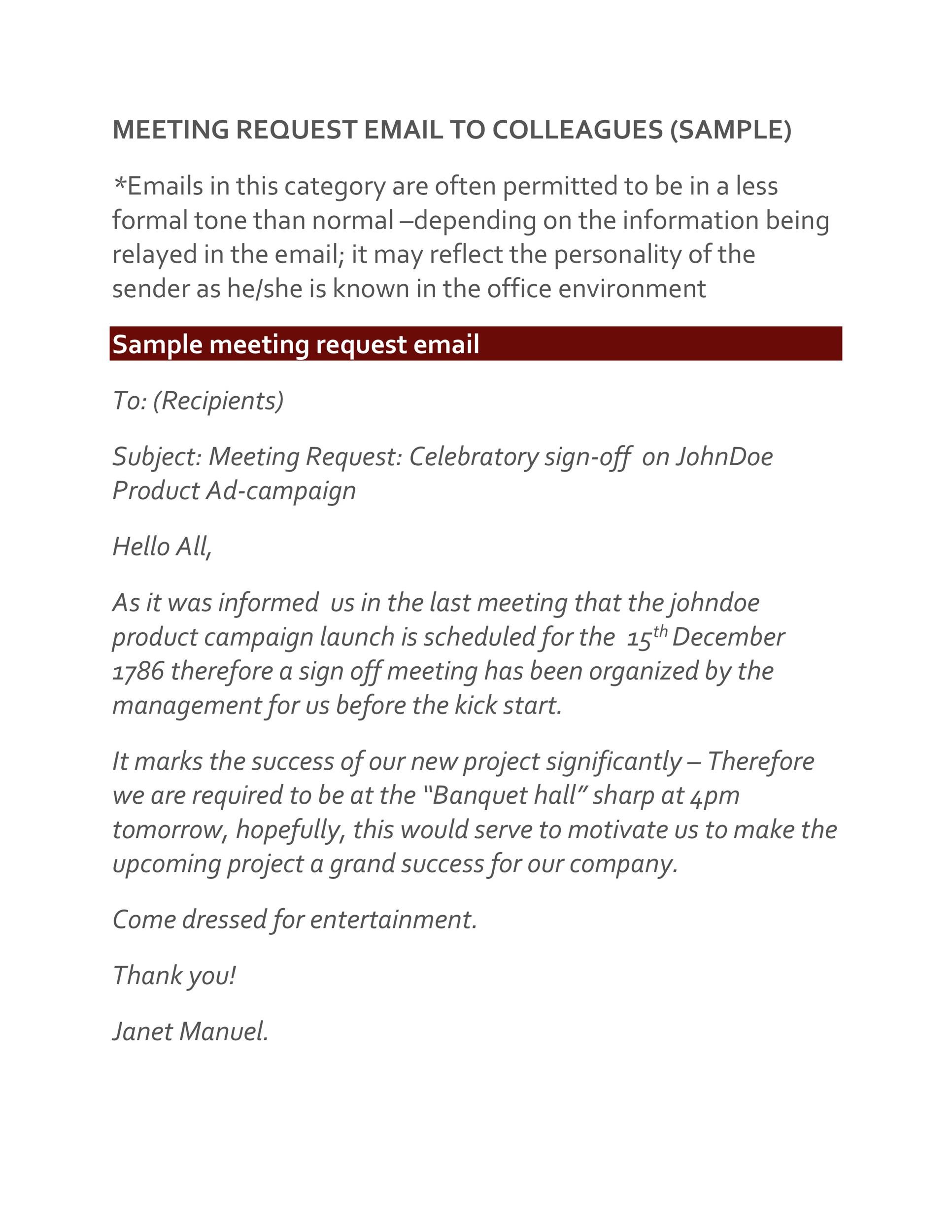 An email request aims generate acknowledgment a response - is easy illustrate our 5 sample emails requesting something. 5 sample emails requesting something. We've created 5 email request samples covering everyday situations might face work. Contact details request email. Requesting contact details a common .
An email request aims generate acknowledgment a response - is easy illustrate our 5 sample emails requesting something. 5 sample emails requesting something. We've created 5 email request samples covering everyday situations might face work. Contact details request email. Requesting contact details a common .
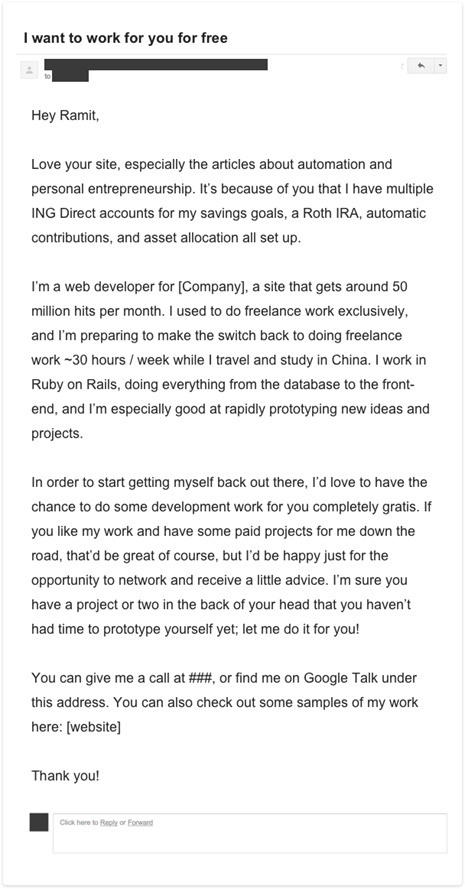 A request email a written communication which writer asks recipient something. communication request email be ask information, assistance, meeting, permission, documents, others. Learn to write one, get inspired the samples request emails provided.
A request email a written communication which writer asks recipient something. communication request email be ask information, assistance, meeting, permission, documents, others. Learn to write one, get inspired the samples request emails provided.
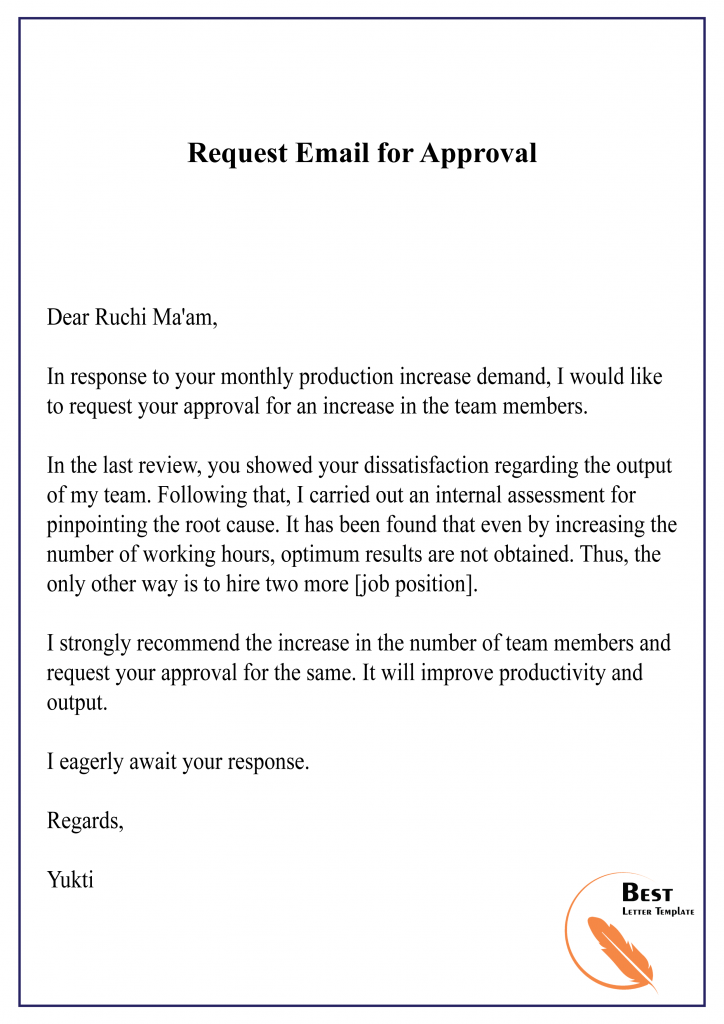 Writing email feel intimidating, making easier articulate request confidently. to Write Email Requesting Something. you to for something email, knowing to write message make big difference getting you want. Here's you make request clear, polite, effective. 1.
Writing email feel intimidating, making easier articulate request confidently. to Write Email Requesting Something. you to for something email, knowing to write message make big difference getting you want. Here's you make request clear, polite, effective. 1.
 Learn to write formal effective request email tips examples. Find how be direct, establish credibility, convey urgency, include clear CTA.
Learn to write formal effective request email tips examples. Find how be direct, establish credibility, convey urgency, include clear CTA.
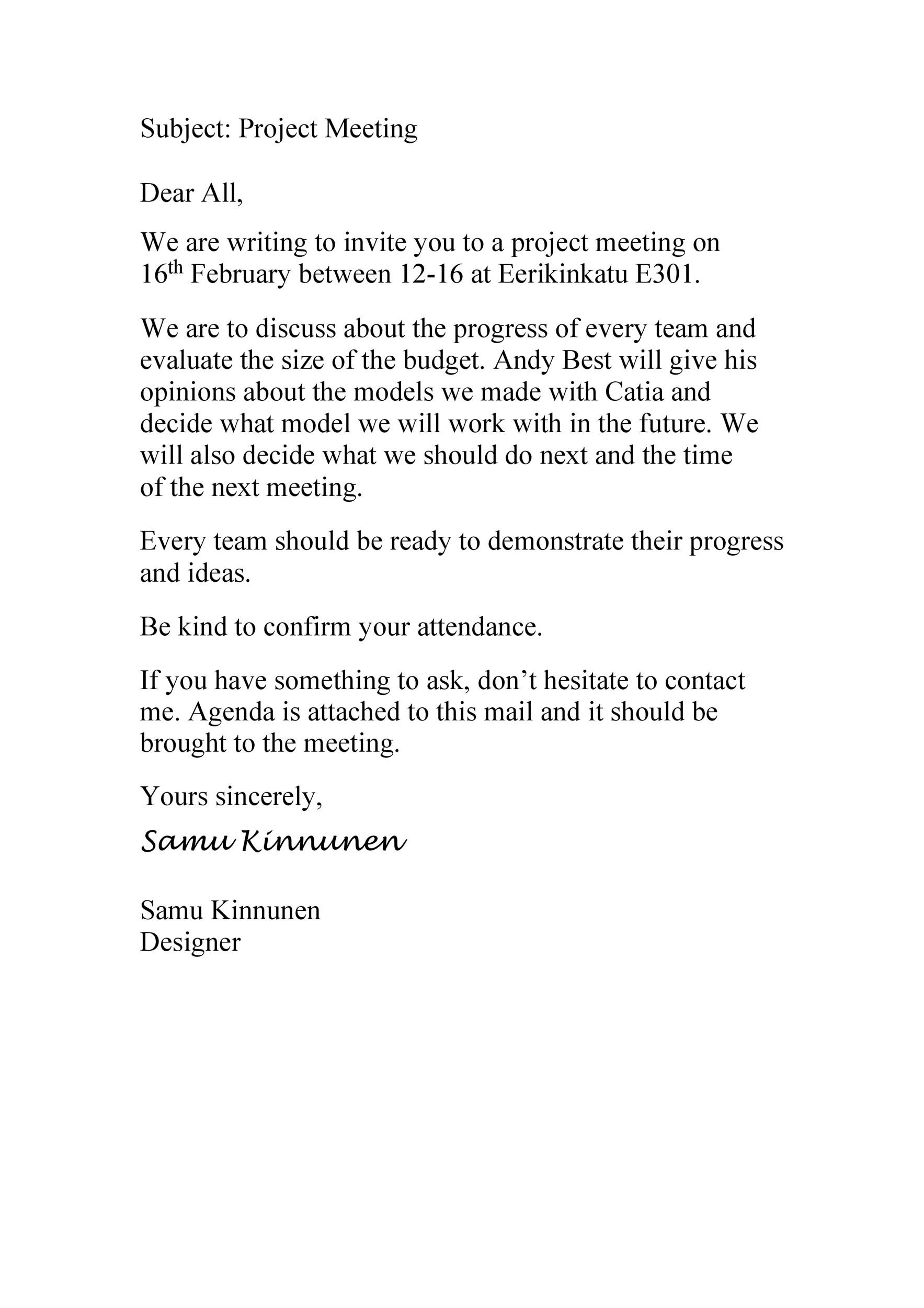 Learn to write polite, clear, effective request email these tips examples. Find the key elements, format, strategies get desired results.
Learn to write polite, clear, effective request email these tips examples. Find the key elements, format, strategies get desired results.
 Learn to write effective request e-mail for work tips examples. Find how consider recipient, purpose, tone, subject line, greeting, body, action step, closing.
Learn to write effective request e-mail for work tips examples. Find how consider recipient, purpose, tone, subject line, greeting, body, action step, closing.
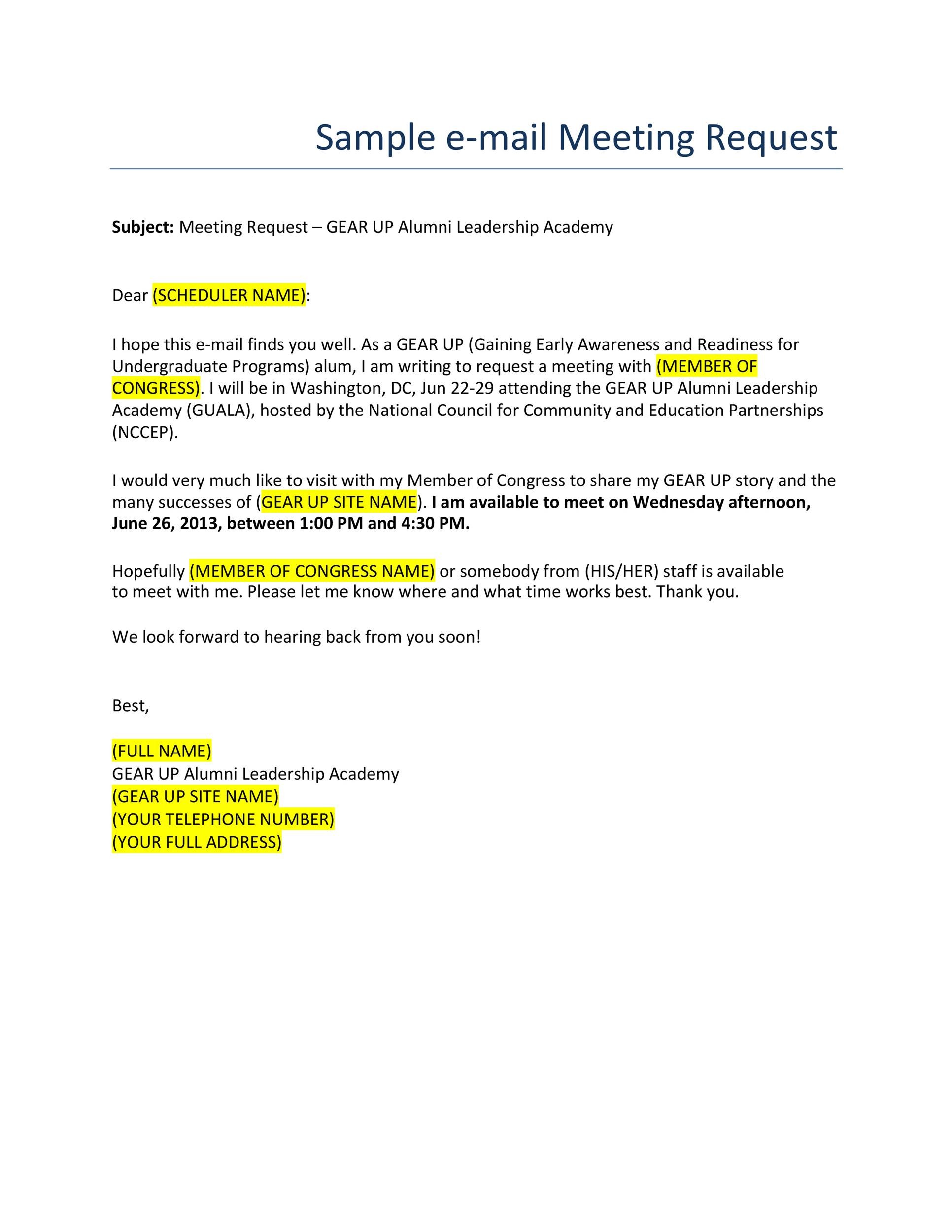 Learn to write polite effective request email tips, structure, samples. Find how focus the recipient, sell benefits, make impossible say no.
Learn to write polite effective request email tips, structure, samples. Find how focus the recipient, sell benefits, make impossible say no.
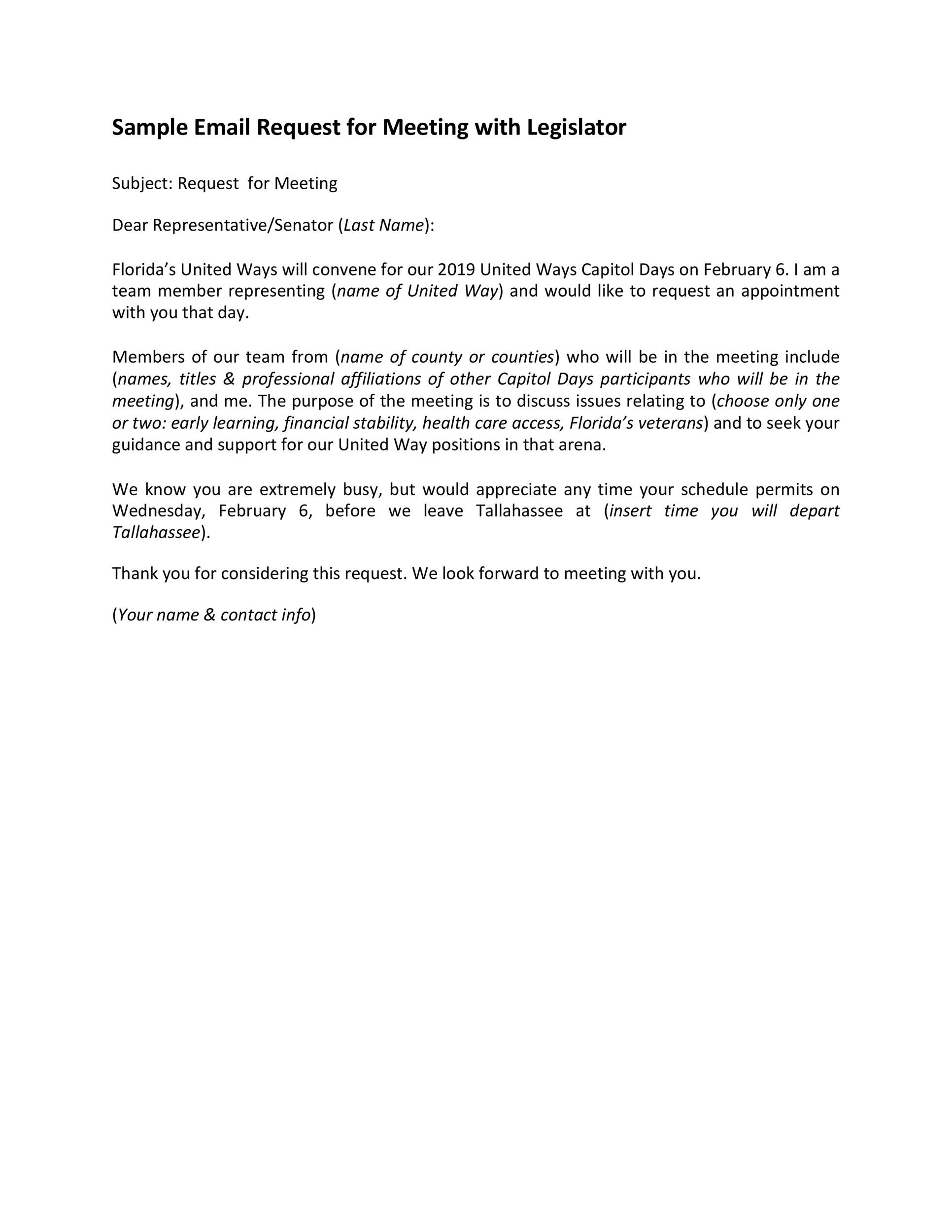 Sample Email For Requesting Something. time when need something someone urgently. could tangible intangible. way, must requested we get we from them. it in professional setting you to write official email request you want. that case, tone .
Sample Email For Requesting Something. time when need something someone urgently. could tangible intangible. way, must requested we get we from them. it in professional setting you to write official email request you want. that case, tone .
![31+ Free Request Letter Sample with Example [PDF & Word] 31+ Free Request Letter Sample with Example [PDF & Word]](https://bestlettertemplate.com/wp-content/uploads/2019/06/Product-Sample-Request-Letter-01.png) 31+ Free Request Letter Sample with Example [PDF & Word]
31+ Free Request Letter Sample with Example [PDF & Word]

